Indian Air Force (IAF) modernization is coming back into focus again and again. The IAF has hit an all time low of 30 fighter squadrons1 vis-a-vis the government authorized 42. Convergence of strategic interests between China and Pakistan and their rapidly modernizing air forces continues to be of concern. Chinese aircraft industry is churning state of the art platforms. IAF is also slowly losing the very clear combat edge that it used to enjoy over Pakistan in 1971 both in terms quality and numbers. Technology intensive air power requires faster replacement of assets due to quicker obsolescence.
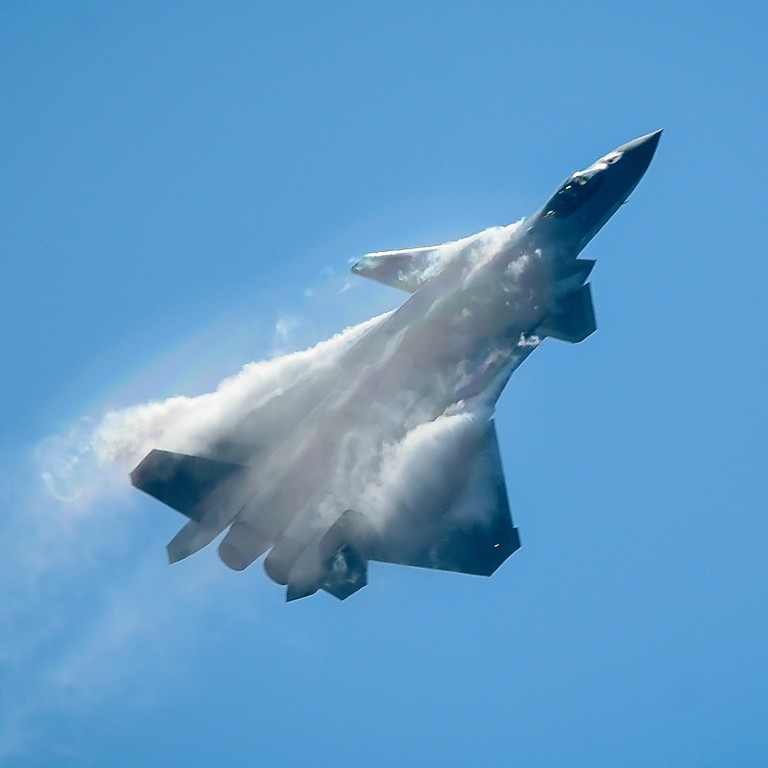
Geopolitically, India is at the most threatened and war risk-prone region of the world. India has serious boundary disputes with its two militarily powerful nuclear armed neighbours. China’s desire to dominate Asia and in turn the world has implications for India. Pakistan continues to be the epicenter of world terror. Pakistan has a clearly enunciated ‘first-use’ nuclear policy against India. China also helped Pakistan build military strength to be able to counter India including acquire technologies for its nuclear weapons and missile program. China has strategic interests in using Pakistani territory to reach West Asia and Africa for trade and geo-strategic positioning. It has invested in the China Pakistan Economic Corridor (CPEC) that connects Xinjiang region in West China to the China-built-and-operated Gwadar port near Gulf of Hormuz. Simultaneously China is investing in the Indian Ocean littoral countries to achieve a foot-hold and extend influence. Pakistan has not only stepped up the insurgency into Jammu and Kashmir, it openly boasts of collusive support from China in case of a war with India. India has to thus prepare for a possible two-front war2. Too often the region is going through trigger incidents which could lead to a war, weather it is the ongoing Galwan Valley encroachment across the Line of Actual Control (LAC) or was the Doklam3 face-off with China or the continued attacks after Pulwama4 terror attack by terrorist groups based in Pakistan, and India launched punitive air strikes to avenge. India is clearly facing real threat on multiple fronts.

It is clear that IAF must win the air war for the Army and Navy to win the surface war. Aerospace is thus the domain of the future and the one who controls it will control the planet. Air Power today is the dominant means of prosecuting war5. It offers prompt multiple response options to the political leadership in times of national security crises. Rapidly evolving technologies are bringing transformational change that is multiplying speed, range, accuracy, and lethality for achieving military effects. India has to ride this band-wagon for it to find a place on the high table of the world order. Two years back IAF had last tested its operational plans, in a two-front scenario, in the mother-of-all-exercises ‘Gagan Shakti’6. While IAF has a plan ‘B’ to fight with what it has, if forced into conflict, but numbers are clearly not adequate to fully execute an air campaign in a two-front scenario. It is incumbent upon the nation to provide IAF assets for the task it has been entrusted. It is imperative that IAF quickly rebuilt the squadron strength.

Military Capability
Military power of a nation is an important constituent of a country’s national power. Great powers, need to achieve ability to create, deploy and physical use of military force7. India was once a Pakistan-centric regional power and now aspires global influence and status. There is a need to constantly examine the type of war fighting capabilities for employment of military force against the adversary to overwhelm his ability. Indian armed forces are an important element of national power. In consonance with our national aspirations they need to transform through transactional means and prepare for future challenges. Transformation includes review of doctrines, strategy and tactics, organizational structures, human resource adaption and training, and maintenance and logistics concepts to meet the operational requirements. The resounding success of Air Power in many campaigns in the last few decades from the Bekaa Valley war to the wars in the Gulf region, have showcased its ability to simultaneously interfere as well as influence land/sea operations. This has presented ramifications for all the Indian armed services, and more so the main repository of air power, the IAF.
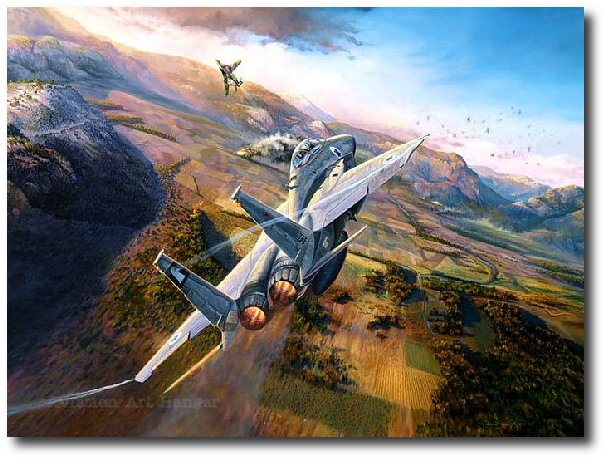
Air power Attributes
Air power, offers strategic flexibility in terms of ability to quickly reconfigure for different kinds of missions8. The overarching air operations gives capability to project power at far distances without risking own mother land. Air power offers the political leadership strategic choices and alternatives for sustainable and easily scalable levels. Air Campaigns can be executed against different target systems simultaneously. Air Power has inherent capability to provide both kinetic and non kinetic options with pin point accuracy. Air Power can directly influence outcomes and action of the surface forces. Air Power has the ability to simultaneously produce physical as well as psychological shock.
IAF’s Doctrinal Shift
IAF evolved initially primarily to support the surface and maritime wars, but post 1965, IAF had clear stand-alone roles covering the entire spectrum of air operations beyond just protecting Indian territories and safeguarding sea lines of communication. The doctrine and acquisitions indicate strategic reach and conventional deterrence as major goals9. IAF is still the world’s fourth-largest air branch, albeit it has a depleting fighter squadron strength which stands at an all time low of 30 vis-a-vis the authorized 42 Squadrons. Despite reasonable war experience, since Burma Campaign and in more recent 1965 and 1971 Indo-Pak wars, and the Kargil conflict, the IAF initially did not have well enunciated doctrine and only recently put in place a balanced force structure. Political masters have often shown reluctance to use air power due perceived fear of escalation of conflict. 1962 Indo-China war and 1999 Kargil conflict with Pakistan were cases in point. The ground reality in 1962 was that IAF had relatively potent air power with Western aircraft vis-a-vis old Russian aircraft with China. The air power actually helped turn the tide in the wars of 1965, 1971 and even Kargil. The doctrine has now changed to take on more offensive role against both adversaries. Introduction of combat enablers like the AWACS, flight refueling aircraft (FRA), strategic transport aircraft has made a difference. In exercise ‘Gagan Shakti’ IAF tested out a possible two-front war and included inter theatre movements of assets among practically all other domains of modern air power. Regional power projection and ability to take on China are the clear new doctrinal focus areas. IAF’s 2012 doctrine clearly brings out intent to dominate conflict and greater role of air power in full spectrum of national security and diplomacy. IAF sees deterrence and control of the air are linked. IAF’s control of the air may not be absolute, but it hopes to possess sufficient control in order to prosecute the campaign. A game-changer shift took place on 26 February 2019, when India decided to use offensive air power by carrying out deep strikes against targets in Pakistan even beyond the Pakistan occupied Kashmir (PoK). The Pakistani bogie of the nuclear retaliation and over-hang even against a conventional strike was demolished.
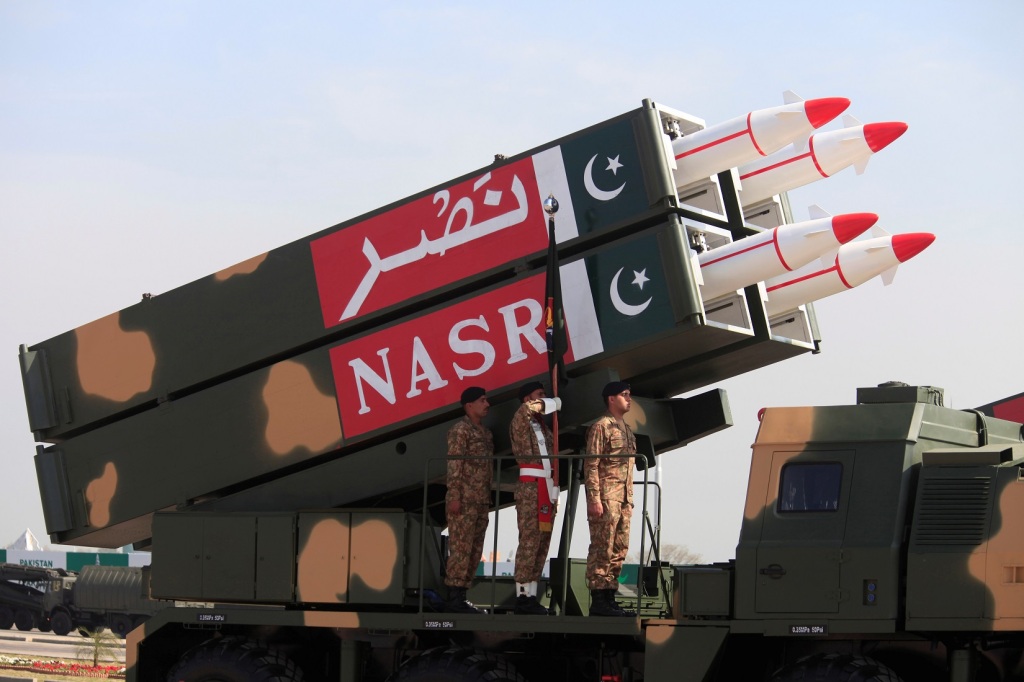
Pakistan Centric to China Focused Infrastructure
Till very recently, all major airbases and radars were positioned on the Pakistan border. Bulk of the IAF assets were looking West. Same was the case with Indian Army and Navy. Airfields are high-value targets. Aircraft on the ground are highly vulnerable and require ballast protection. Most eastern airbases were bare runways with no ballast protection shelters, and at best a few Operational Readiness Platforms (ORP). They were mostly used for fighter training and air maintenance operations. Emerging economic strength, self confidence, doctrinal maturity, allowed IAF to look beyond borders and reach out into the seas beyond Indian Island territories. China’s focused concentration on building air power also made India have a rethink on its air strategy. Even the political class and strategic think-tank circles realized the importance of air as a decisive instrument of power projection. Lessons from Kargil also helped IAF understand the real dimensions of fighting an air war at Himalayan heights. IAF’s aerial reconnaissance assets help it pin-point targets which the Army could not have detected. Despite localized conflict, IAF maintained Combat Air Patrols (CAP) across the entire border. Air operations were round the clock. Laser weapons employed by IAF could take out small bunkers, and accurate dumb bomb strikes on the Pakistani main administrative and logistics hub at Muntho Dhalo, dealt a major blow, and changed the way IAF will fight a possible war across the Himalayas. It was clear that the application of airpower has to be precise and proportionate. It was first conventional conflict anywhere in the world between two nuclear powers, yet they prevented a nuclear escalation. It also giave a reason for India to call the Pakistani nuclear bluff in case of limited conflict. IAF’s all new platform and weapon acquisitions require operational operating clearance of 6 km and higher. Successful employment of Air Power clearly spelt in Kargil review report also helped IAF get larger proportion of the Capital acquisitions budget. IAF has now deployed front line fighter aircraft of SU-30 MKI and the C-130 special operations aircraft in the eastern sector. one Rafale squadron is also slated to be deployed in the east. Similarly the heavy lift Chinook and attack helicopter Apache are also being positioned in the east. Most IAF Advance Landing Grounds in the East and Ladakh being upgraded.

Strategic Effect and Conventional Deterrence
Air power is inherently strategic in nature. Paucity of defence funding has forced India to evolve doctrine that air power must deliver strategic effects through basic conventional means. Only air power can achieve this. While control of the air remains a desirable state but, IAF has limits to which it can achieve against both PAF and PLAAF. India has also to defend itself against a possible sizeable Chinese surface-to-surface missile (SSM) attack. U.S. think tanks are closely evaluating IAF doctrine because India is seen as a possible counterbalance against China. Sino-Indian military competition and distrust remain. China continues to create military posts around India. Chinese rapid reaction forces are also deployed close to the border. Chinese airborne troops have also been exercising in Tibet. India cannot match China’s numerical strength, but IAF would provide a sufficiently strong “deterrent force”. IAF has clear edge over China in the number and quality of airfields. IAF now has credible “strategic reach”, in turn deterrence. IAF is looking at reach from the Persian Gulf to the Straits of Malacca, using long range aircraft supported by FRA and AWACS. It is not only the range and weaponry, it is the effect achieved that makes a mission strategic. Targeting of leadership using air power, as was the case of U.S. strike Osama bin Laden, and later by IAF during Balakot strikes could actually deliver strategic effects. Strategic air lift is another area of strategic reach and strategic effect. Inter theatre movement of large force to support a counter-offensive or reinforce defences can have strategic effect.
IAF Struggling Modernization and Maintenance
IAF is still being forced to hold on to legacy platforms such as the MiG-21 Bison. IAF’s modernization program to achieve 42 squadrons of modern 4th generation plus fighters continues to slip. At current pace, that figure may not be achieved even in 2035. Critical to achieve the target are the acceleration of development and stepping production of indigenous Light Combat Aircraft (LCA) Tejas variants. Need to acquire critical technologies for development of the indigenous fifth generation fighter, the Advanced Medium Combat Aircraft (AMCA). Hasten the process for acquiring the 114 new fighters. IAF may acquie two more squadrons of Rafale. In case of long delays in AMCA, to choose between the Su-57 and the F-35 and acquire 2-3 squadrons as a stop gap arrangement later. In the mean while procure last remaining MiG 29s, Jaguars and Mirage-2000 to build up spares inventories through reduce-to-build approach. IAF cannot keep adding SU-30 MKI beyond a point, lest it once again becomes fully dependent on the Russian basket. IAF also needs to accelerate procurement of additional AWACS and FRA. AWACS and FRA will enhance air defence and offensive missions radius of action and weapon load carriage. Like many other air forces, IAF must try reduce the multiple source fighter fleets. SU 30 MKI, MiG-21, and MiG 29 Russian; Rafale and Mirage 2000 French; Jaguar British; and LCA indigenous makes many sources for fighters itself already. USA and Sweden are also in the new fighter aircraft race. So many types of fighters also cause a training, logistics and maintenance nightmare. Maintaining varied inventories of aircraft and weapon systems is a challenge. Life cycle cost, long term agreements for spares, digital orders for provisioning planning with OEM database are important issues. USA is also putting pressure on India over its procurements from Russia. Despite being a balanced force, IAF modernization continues to dither due to long delayed acquisitions and also low Capital budgets. After Kargil war one area that required attention was the command, control, communications, computers, intelligence, information, surveillance, and reconnaissance (C4I2SR) system. Airpower is normally a great source of intelligence for target selection, and target prioritization. High-definition imagery from satellites and unmanned aerial vehicles is a must. Better human intelligence in respect of Pakistan is important.
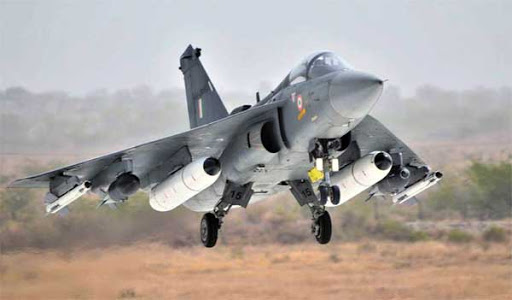
Capability Based IAF
IAF transformation is being driven from just being platform-based to being capability-based. Effects based, network centric operations are the new normal. Advantage of air power is ability to exploit swing-role capabilities. Modern platforms are critical. As Air Chief NAK Browne said “Our aim is to preserve and maintain, upgrade and improve, and replace and acquire. At the end of this process, IAF force structure will be modern and potent with new and upgraded fleets only10“. This action plan is underway, albeit a little slowly because of fund crunch. Induction of high technology assets is on and existing fleets are going through mid life upgrades. Any modern air force must have at least 40 percent of combat fleet comprising high tech all weather multirole platforms, another 40 percent under upgrade and remaining 20 percent under changeover but still giving strength through numbers. The heavy lift capability for both Transport and Helicopter fleets is crucial for inter/intra theatre movements in war and sustaining troops and relief operations during peace time.
IAF a Key Element – Need for Genuine Jointmanship
Due to the multi dimensional nature of conflict, increasing levels of synergy amongst the armed forces and civil agencies is operationally critical11. IAF is going to be a key element in support of the surface, maritime and sub-surface wars. It has air assets to support such effort. Lessons from peace time joint exercises and also from past wars is that much more needs to be done on jointmanship front. Services continue to train and fight in compartments. Some level of service upmanship exists. The elements such as Tactical Air Centers (TAC) and Maritime Element of Air Force (MEAF) are in place. However often the Air Force is brought in into the discussions when all planning is already over. There is a need for genuine respect for each other’s capability and use it to achieve national objectives. The three services need to train for joint work more regularly. During the Kargil conflict, the attacks on the air Pakistani logistics hub at Muntho Dhalo destroyed Pakistani ability to sustain their campaign. This was possible through working level close coordination. The IAF and Indian Navy need more coordination for maritime strikes. The Defence Cyber Agency, Defence Space Agency and Special Forces Division would increase joint action. Similarly the Chief of Defence Staff (CDS) is pushing greater integration at all levels, and would increase coordination and operational capability.

India’s Proactive Policy Shift
India has chosen pro-active approach towards national security. India’s diplomatic engagement with USA, Arab world, East Asian nations is already paying dividends. India has been able to find a foothold in the Organization of Islamic Countries (OIC) and was invited as a guest of honor. India has successfully exposed Pakistan as the fountainhead of terror. The Uri Strike was a first of its kind punitive military action in response to a terror incident. Balakot air strike nearly 60 km deep and well beyond the Pakistan occupied Kashmir (PoK) was next level of proactive policy shift. Strong stand at Doklam and firm handling of Galwan valley, indicates self confidence of the nation. IAF has to be ready for combat and support operations in the entire gamut from sub conventional, conventional, out of area to nuclear operations. For such proactive stance to be maintained, the cutting edge of Indian armed forces would have to be kept sharp. The modernization would have to keep pace.
Hybrid Threats – Air Power as Guarantor
Hybrid threats12 take advantage of modern technologies for espionage, sabotage, data collection, attacks on people or infrastructure, or the achievement of media effects. Hybrid warfare, exploits vulnerabilities of the system. The air domain is being increasingly exploited to perpetrate illicit and terrorist attacks. Commercial-off-the-shelf (COTS) technologies have greatly improved non-state actors’ aerial warfare capabilities. For long it was thought that air power could only support land forces to counter hybrid threats. However, it is now clear that air power can act independently against hybrid threats. Air policing, air defence, and intervention against civilian aircraft or against a hybrid threat is evolving. The Area Defence Commander is authorized to act against all terrorist, illegal, hazardous and dangerous acts in the air domain. National resilience and the nations’ will to prevent and deny threats represent a strong deterrent in the hybrid warfare. A new paradigm that transforms traditional concept of Air Defence with appropriate level of flexibility to manage the new aerial hybrid threats is required. Satellite and aerial surveillance, air traffic management, cyber space monitoring, low Radar Cross Section (RCS) detection, multi-sensor fusion and tracking, and finally kinetic and less than kinetic engagement using laser beams or directed energy weapons are some of the means.

IAF Backs Indigenization
IAF’s transformation can never ignore the need to become independent from foreign defence supplies. For India to be a significant the local defence industry has to succeed. The vice like hold of Defence PSUs, especially Hindustan Aeronautics Ltd (HAL) has not helped indigenization to succeed. Since 2001 India has been continuously refining its Defence Procurement Procedures (DPP) to support indigenization and create level playing field for private industry but things have not changed much. They still need more hand-holding. India continues to have the unfortunate distinction of being the world’s biggest arms importer. India has not been able to leverage this, or its economic muscle, to get critical technologies transferred despite Offsets clauses in most contracts. Joint Venture approach and public private partnerships have worked. BrahMos is a good example. This needs to be explored further. India must take the leap beyond just license production. IAF has been openly supporting all indigenous programs by accommodating delays and allowing concessions. But India must remember that any fighting force requires equipment that should be as good as the adversary or better.
Human Resource Development
The air action of 27 February 2019 in which Wg Cdr Abhinandan Varthaman shot down a much superior F-16 indicates the level of operational flying training and aggressive intent required in an Air Warrior. Modern combat aircraft are at the front end of technology. Just mastering such technology is not sufficient, one should be able to use it optimally during split second combat conditions. IAF crew must remain ahead of the technology employment curve. IAF is already extensively using aircraft simulators. Joint training for integrated application in operations would also be a core area.

Transformational Leadership
A critical attribute for a force to succeed, is the development and preparation of leaders at various levels. For military aviation, it could be at the section level, a combat formation leader, a flight or squadron commander, an airbase commander or a commander-in-chief. Leader must have charisma, should be able to set an example and become a role model, and intellectually stimulate subordinates. He should project a sense of urgency13, formulate a strong coalition, create and communicate the vision, and yet invite and support others ideas. In the air each formation member has a complimentary role and depending on the air situation, the control could physically shift among members, even though the overall command remains with the leader. Leaders can win or lose wars. Leaders must move with changing times and adapt to technological changes. IAF needs to nurture young leaders.
Budgetary Inadequacy – Unfortunate Reality
The 2020-21 defence budget at Rs 3,23,053 Crore ($45.8 billion) is around 1.44 percent of the GDP. The Capital budget for the entire MoD is 1,13,734 Crore. The budget for Capital Acquisition is Rs 90,649 Crore. As per and IDSA report, by Laxman K Behera14, all three services have got a hike in their 2020-21 modernisation budget, with the overall increase being 11 per cent or Rs. 9,227 Crore. However, in comparison to the revised budget of 2019-20, the increase is a mere Rs. 255 Crore. The meagre increase vis-à-vis revised allocation looks grossly under-provisioned in view of the vast shortages existing in capital procurement. It may be mentioned that the India armed forces are in the midst of a major modernisation drive. In the first 10 months of 2019-20, the MoD has signed nearly 14 new contracts that include T-90 Tanks (Rs. 20,000 Crore), anti-submarine warfare shallow watercraft (Rs. 12,623 Crore) and Akash Missile System (Rs. 5,357 Crore). However owing to severe resource crunch, timely payment for these and other ongoing contracts has been a major issue for the MoD. In fact, in past several years, the resource crunch has been so acute that its allocation for modernisation has been less than even the Committed Liabilities arising from payment outgo for the past contracts. However, resorting to such a measure doesn’t augur well for the modernisation and defence preparedness of the country, to say the least. It would only compound the problem for the MoD which would be in an extremely difficult situation to prioritize its payments for both previously signed contracts and the contracts to be signed ahead. IAF’s total budget share is Rs 73,245 Crore, 23 percent of the total. IAF’s Capital outlay is Rs 39,031 Crore which is 53 per cent of its total allocation. In this count IAF has the highest percentage, more so when one compares with manpower intensive Indian Army’s 18 percent. Unfortunately, bulk of IAF’s Capital allocation will be used for committed liabilities of earlier purchases such as Apache and Chinook helicopters, Rafale, LCA and S-400. IAF is a technology intensive service. Airborne systems reach obsolescence earlier. Also airborne systems have flight safety issues and cannot be stretched beyond a point. IAF will need out of budget funds for new acquisitions.
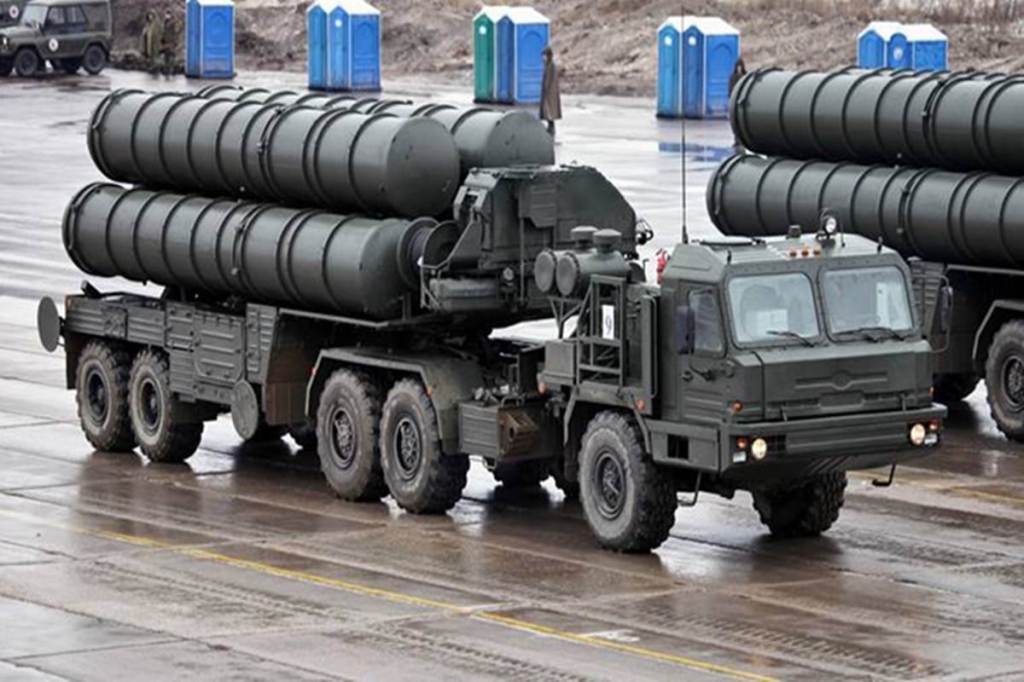
The Way Ahead
The uncertainties that will accompany drawdown of US Forces from Afghanistan and its influence on regional security dynamics is likely to have a negative impact on the regional security environment. India has to prepare for the geo-political shift to Indo-Pacific region and the rise of China as a significant aerospace power. Future conflicts will be short, swift and intense engagements against a nuclear backdrop which may be followed by long stabilization periods. A quantum jump in precision and lethality of weapon systems may result in nonlinearity and increased tempo of operations. Often, as in the case of Balakot strikes operations could be in ambiguous zone of ‘neither peace nor at war’. Wars will increasingly multi domain varying from non-contact to contact warfare. IAF will have to build deterrence and have ability to dominate the air. It will have to induct modern systems for situational awareness, intelligence and precision strike ability. It will require fixed and rotary wing tactical and strategic air transport assets. Transformation would be spread over a period of time. IAF is looking at a horizon of 15 years. Technological advancements and evolving changes would have to be factored. Artificial Intelligence (AI) has great applications for air power. India must take an early lead. Future security challenges will be more and more complex, multi-dimensional and non-traditional in both kinetic and non kinetic form. IAF would need to think differently to be able to tackle the various asymmetric and non-traditional security threats and would require more innovative, out of box solutions which would leverage the prevalent technology. Seamless integration of armed forces and the Ministry of Defence is critical for both capability building and focused operations as per national political directives. It will help better visionary planning, a commitment of national resources. For India to be secure, IAF must continue to touch the sky with glory.
Picture Credit: aame.in
2. https://www.thecitizen.in/index.php/en/NewsDetail/index/4/8989/The-Challenges-Of-A-Two-Front-War
3. https://en.wikipedia.org/wiki/2017_China%E2%80%93India_border_standoff
4. https://en.wikipedia.org/wiki/2019_Pulwama_attack
5. https://en.wikipedia.org/wiki/Air_supremacy
7. http://www.yourarticlelibrary.com/india-2/national-power-meaning-nature-dimensions-and-methods/48477
8. https://www.rand.org/content/dam/rand/pubs/monograph_reports/MR927/MR927.chap2.pdf
9. https://www.airuniversity.af.edu/Portals/10/JIPA/journals/Volume-01_Issue-1/04-F-Goulter-Pant.pdf
10. https://idsa.in/keyspeeches/AirPowerandtheIndianAirForce
11. https://idsa.in/jds/1_1_2007_JointmanshipAndAttitudinalIssues_MSuman
12. https://www.japcc.org/hybrid-impact-on-the-air-domain/
13. http://www.ijqr.net/journal/v6-n3/11.pdf
14. https://idsa.in/issuebrief/india-def-budget-2020-21-lkbehera-040220


Superb article.
LikeLiked by 1 person
Thanks. Enjoy reading
LikeLike